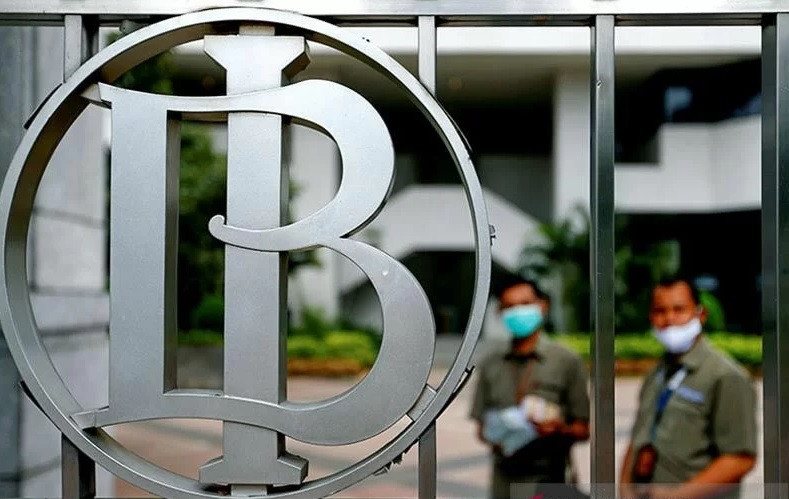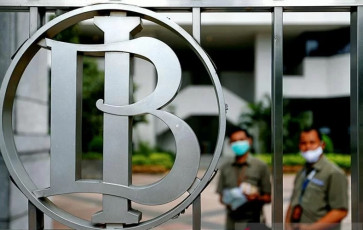Popular Reads
Top Results
Can't find what you're looking for?
View all search resultsPopular Reads
Top Results
Can't find what you're looking for?
View all search resultsThe new reserve regime: Responsiveness or inconsistency?
BI's aggressiveness in raising the GWM creates the impression of being impatient.
Change text size
Gift Premium Articles
to Anyone
A
mid the trend of monetary-policy normalization in many countries, Bank Indonesia (BI) seems to still be steadfast in its “countering the flow” strategy. Monetary normalization is marked by tightening monetary policy via interest rates, to return to near “normal” as before the COVID-19 pandemic.
The United States Federal Reserve (Fed) and central banks in several other major countries have pioneered monetary-policy normalization since the beginning of the year. Several peer countries also followed the Fed's footsteps, such as India, the Philippines, Malaysia and South Africa.
The monetary-tightening measure was taken to reduce domestic inflation. The inflationary pressures are increasing due to increasing prices of energy and food commodities, induced by the Russia-Ukraine conflict. The increase in interest rates has a dual purpose, i.e. to “normalize” monetary-policy stance as well as to control inflation.
On one hand, BI's benchmark interest rate, the 7-day reverse-repo rate, has been held at 3.5 percent, the lowest record in Indonesia's monetary history, over the past 15 months. On the other hand, BI took steps to normalize monetary policy from the realm of liquidity through the acceleration of the increase in the reserve requirement (GWM).
On June 1 the GWM for conventional commercial banks, which currently stands at 5.0 percent, will increase to 6.0 percent.
Then, BI will again accelerate the GWM to 7.5 percent from July 1 and to 9 percent from Sept. 1. This will change the original plan. Earlier this year, BI announced plans to increase the GWM on June 1 to 6 percent but from Sept.1 only to 6.5 percent.
In comparison, monetary-policy normalization through an increase in interest rates and GWM conceptually have the same goal. An increase in interest rates increases deposit rates. The public is encouraged to save their money in banks so that inflationary pressure declines.



















